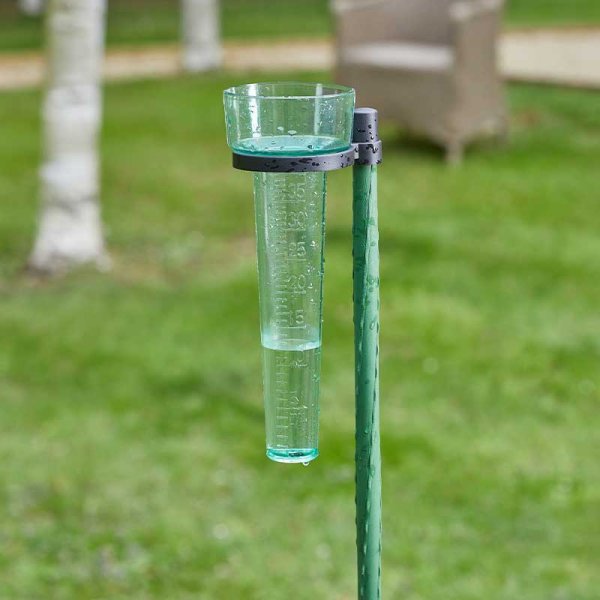Revealing the Scientific Research Behind Rain Evaluates: How These Tools Play an Essential Duty in Environment Research and Environmental Monitoring
Rain determines, seemingly straightforward devices, hold a profound importance in the world of climate research study and ecological monitoring. These humble instruments quietly accumulate among nature's most essential elements-- rainfall. Behind their unpretentious facade exists a complex science that is crucial for understanding the characteristics of our environment. As we peel off back the layers of this clinical veil surrounding rainfall determines, we reveal a globe where accuracy, data precision, and precise observation converge to reveal a deeper understanding of our transforming climate and its effect on the earth.
Relevance of Rain Scales
Rainfall determines play an essential duty in tracking and gauging rainfall degrees, providing necessary information for climate study and evaluation. These tools are basic in measuring the amount of rains that takes place in a particular area over a certain duration. By accumulating and measuring rainwater, rain evaluates offer important understandings right into the circulation and strength of precipitation, aiding meteorologists, hydrologists, and climatologists in comprehending weather condition patterns and patterns.
In addition, lasting information collected from rainfall gauges assists in analyzing climate adjustment impacts and patterns, adding significantly to clinical research study and decision-making processes. In essence, rainfall determines serve as vital tools in the area of weather forecasting and ecological scientific research, playing a vital role in advancing our understanding of climate and climate characteristics.
Kinds of Rain Gauges

Functionality and Operation
In the realm of environment research study and atmospheric researches, the performance of rain gauges lies in their elaborate functionality and specific operational devices. Rain gauges are designed to properly determine the amount of precipitation that tips over a certain location throughout a set period. These tools generally are composed of a funnel that accumulates rainwater and channels it into a determining tube. The gauging tube is noted with adjusted dimensions that permit for the accurate quantification of rainfall.
The performance of rain gauges is based on the principle of gathering and determining rainwater in a standard fashion. This collected data is essential for understanding neighborhood climate patterns, tracking long-term climate patterns, and examining ecological influences. To guarantee exact measurements, rain gauges demand to be tactically placed in open locations away from blockages such as buildings or trees that could disrupt the collection procedure.
The functional element of rain determines involves normal maintenance to avoid particles build-up, calibration checks to maintain dimension precision, and information taping for analysis (rain gauge). In general, the capability and procedure of rain gauges are vital for gathering trustworthy rainfall data crucial to environment research and environmental tracking
Function in Climate Study
Provided the critical find here importance of exact rainfall dimensions in understanding climate patterns and ecological impacts, the function of rain gauges in environment research study is vital. Rainfall gauges offer crucial data for climate study by quantifying the amount of precipitation that tips over a certain location throughout a given duration. This information is important for monitoring long-lasting patterns in precipitation patterns, examining the influence of climate modification on rains circulation, and enhancing climate designs.

Environment scientists use information collected from rainfall evaluates to examine variants in rainfall levels, identify local environment fads, and assess the performance of water source management strategies. By comparing historical precipitation information with present dimensions, scientists can discover changes in precipitation patterns, such as modifications in the frequency or intensity of rains occasions. This info is important for recognizing how environment change is affecting precipitation characteristics and can assist policymakers make educated choices relating to adaptation and reduction techniques.
Applications in Ecological Tracking

In flooding projecting, rain scale information assists to track rains intensity and circulation, allowing authorities to release prompt cautions and take necessary actions to alleviate flood dangers (rain gauge). Drought tracking like this depends on rainfall gauge information to analyze wetness degrees in the dirt and track precipitation deficits, helping in the recognition of drought-prone areas and the execution of drought response techniques
Furthermore, rainfall scale information plays a crucial role in water source administration by giving details on water schedule and use fads. This information is utilized to make informed choices pertaining to water allocation, conservation procedures, and sustainable water resource preparation. In addition, in agriculture, rainfall scale data helps farmers in optimizing watering routines, crop selection, and total farm monitoring practices based on local precipitation patterns. On the whole, rain assesses are crucial devices in ecological surveillance, supplying important understandings that add to notified decision-making and lasting resource monitoring.
Final Thought
In conclusion, rain assesses are necessary tools for determining rainfall, offering important information for climate research and ecological tracking. With different kinds and performances, rainfall gauges play an important duty in recognizing precipitation patterns and their effect on the setting. By accurately determining rainfall, these gadgets add to the innovation of scientific knowledge and aid in making notified choices associated to water source management and disaster readiness.
Rain assesses play an essential duty in surveillance and gauging precipitation degrees, offering essential information for climate research and analysis. review The standard rainfall scale, known as the "tipping pail" scale, is one of the most generally used tools. Ultrasonic rainfall assesses use audio waves to find the existence of rain, giving real-time data on precipitation levels.Climate scientists utilize data accumulated from rainfall assesses to examine variations in precipitation levels, identify regional environment fads, and review the effectiveness of water source administration approaches.In final thought, rainfall determines are important tools for determining precipitation, providing beneficial information for environment research and ecological surveillance.